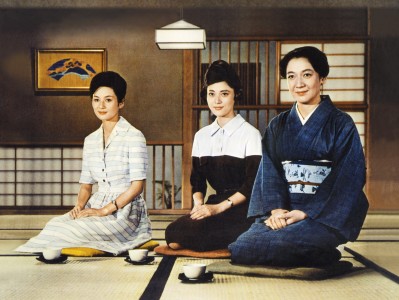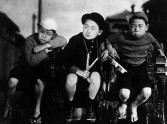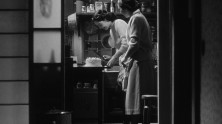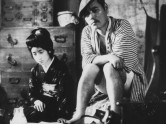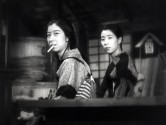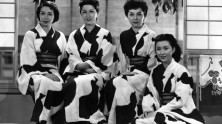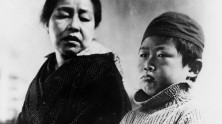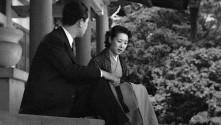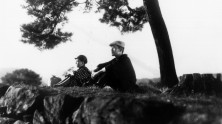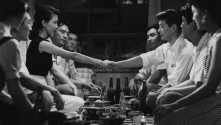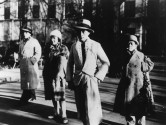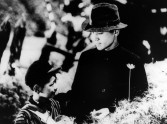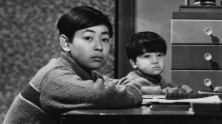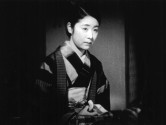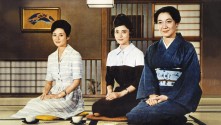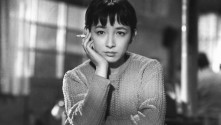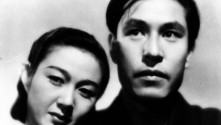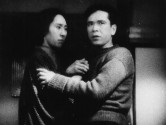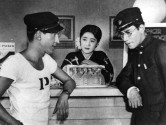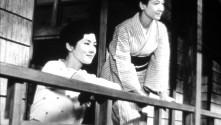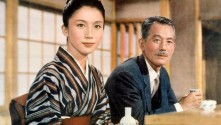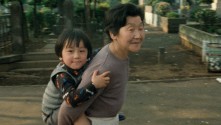
Floating Weeds
(Ukigusa)
Screening on Film
With Nakamura Ganjiro II, Sugimura Haruko, Kyo Machiko.
Japan, 1959, 35mm, color, 119 min.
Japanese with English subtitles.
Print source: Japan Foundation
A kabuki theater troupe arrives in a seaside town that is not particularly interested in their middling work. Their leader Komajuro—played by kabuki actor Nakamura Ganjiro II—is preoccupied with visiting his son Kiyoshi (Kawaguchi Hiroshi) and Kiyoshi’s mother Oyoshi (Sugimura Haruko), though Kiyoshi still thinks Komajuro is his uncle, and Komajuro’s jealous mistress Sumiko (Kyo Machiko) threatens to reveal his secret. Though there are few changes to the plot itself, there are several differences between Ozu’s A Story of Floating Weeds and the 1959 remake: its production by Daiei rather than Shochiku; its relocation from the mountains to the island of Shijima; and its stunning deep-focus cinematography by the great Miyagawa Kazuo, who filmed Rashomon (1950) and Sansho the Bailiff (1954). More significantly, the film’s structure is loosened by leisurely, sensual lapses. The intensified importance of pleasure turns Ozu’s recurrent question of parentage into a choice: Kiyoshi does not need a father, certainly not a bad one; there are many other ways for a young person to be happy. Ozu applies the same lesson to the toiling actors who follow their selfish leader from one doomed production to another, making the film an impressively exact critique of patriarchal authority in both family and art.
Although The Lion Dance does not use sync sound, it is Ozu’s first film to incorporate sound with onscreen action. The film is also his only surviving documentary, as he destroyed what remained of the propaganda film he made in Singapore during World War II. Commissioned by the Ministry of Education to promote the art of Japanese dance abroad, The Lion Dance features a performance by kabuki actor Kikugoro VI. Opting to organically accentuate the performer’s movements rather than mimic the energy of the performance itself, Ozu uses only a few pans and a small range of shots. This semi-stationary approach points to a near future in which Ozu will film motion in interior space without any camera movement at all.

